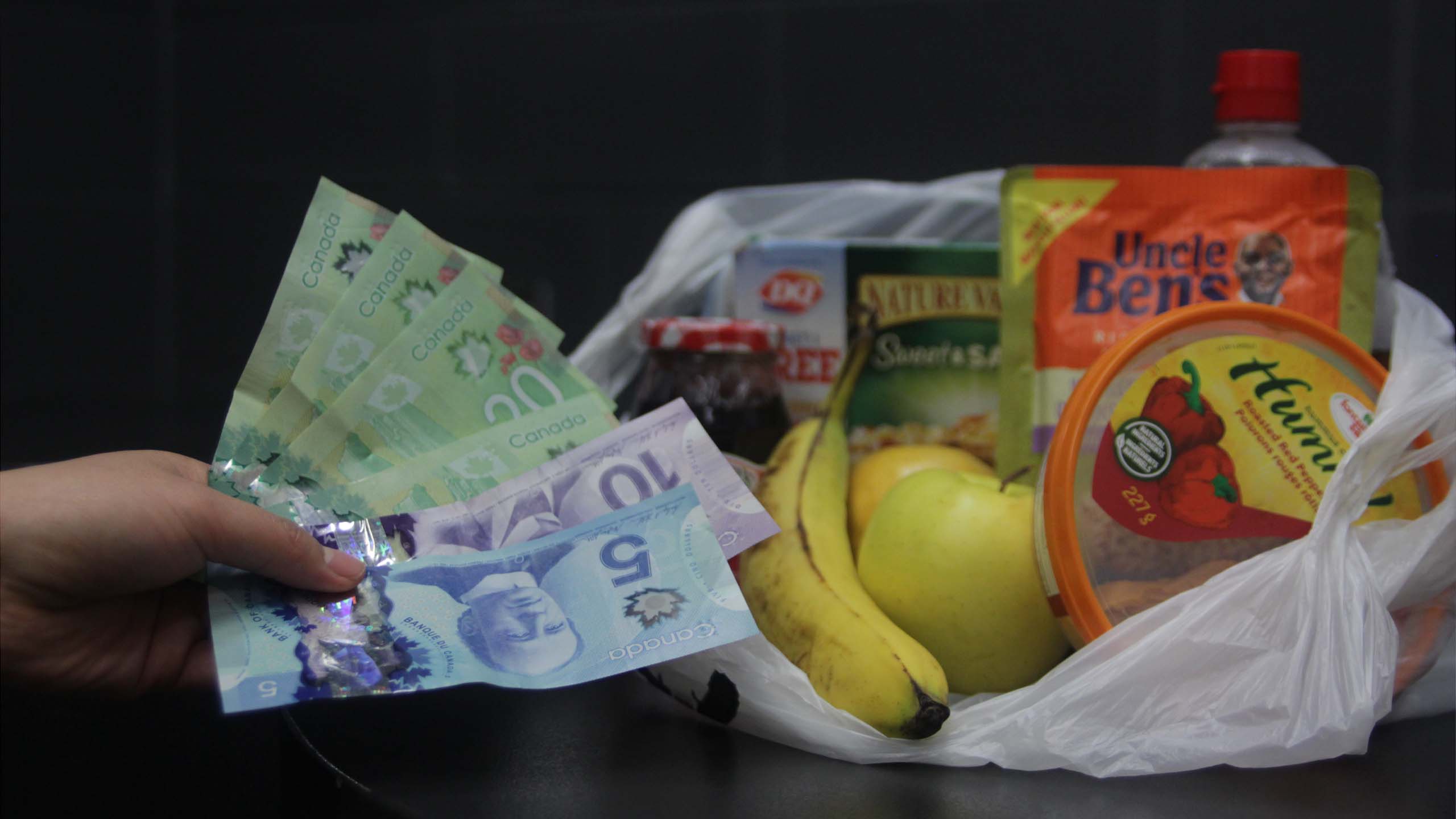By Sylvia Lorico
I’ve never been able to pack a meal for myself every day when I go to school.
The routine is always the same. I skip the lunch prep, grab my bags and dredge through my hour-long commute to school. By the time I’m finished classes, I’m starving and inevitably, end up perusing through the millions of fast food joints near campus.
Let’s face it, between classes, work, my social life and maybe even a few decent hours of sleep, there’s very little time (and money) for me to actually worry about eating healthy. Shopping for myself can be teeth-pulling and time-consuming if I’m on a tight budget.
With all this in mind, let’s have a look at 10 alternative ways to eat healthy on a budget.
1. Plan your meals (including your snacks)
When you have a few hours to yourself, write out a meal plan. It doesn’t need to contain massive portions each day, just make sure you’ve got all three meals and maybe a snack or two covered. This saves a ridiculous amount of money, especially since you’re not wandering around the store guessing what you want to eat and ending up just stacking your cart with TV dinners.
For those of you who are on the go, plan your snacks. It’s tempting to buy food between classes when you don’t have the time to eat a full dinner but having a few snacks in the bag every day can add up and provide you with some much-needed brain food.
2. Don’t shop when you’re hungry
I almost always make this fatal mistake. If you shop while you’re hungry, you’re likely to stray from that grocery list of yours and head to the junk food section or start impulsively pulling food off the shelves. Grab a bite to eat before you head off to the weekly shop.
3. Invest in a slow-cooker
Arguably, this is one of the better life-hacks I’ve come across. Slow cookers are nice because all I do is throw in vegetables, grains, some protein, maybe some broth and you’re good to go after a few hours of cooking time. Plus, cheaper cuts of meat that might take longer to cook will usually end up being tender in a slow-cooker.
4. Coupon like crazy (but only for the healthy stuff)
Ok, so maybe in the short term it saves you about $10 if you decide to look for coupons but that’s almost $40 in savings in a month. Apps like Flipp are great ways to look for discounts on generic or brand name produce items. Just be careful and use coupons only for healthy produce! Using coupons to save on junk food may be tempting but after your fifth week on Raman noodles, your body might not agree.
5. Buy in bulk (share with a friend too)
Dried fruit, brown rice, beans, lentils and even nuts are cheaper in bulk than those small containers in-store. They can also be used in many different meals throughout a week. If you’re really looking to crunch some numbers, shop with a few friends for bulk items. It’s cheaper for everyone and it means more food in the fridge in the future.
6. Cook large portions, use the scraps for broth
It’s cheaper to cook once rather than five times. Cook large portions that can be eaten in different ways so you don’t grow tired of eating the same old leftovers. For example, if you cook chilli and have leftovers, use the beans for tacos the next day.
If you still happen to have leftover vegetables or scraps, you can put them in a crock-pot, add some water and make a decent tasting broth.
7. Buy generic or whole foods
Some foods are cheaper in their less-processed forms. A block of cheese is usually cheaper than shredded cheese. Canned beans are usually cheaper than re-fried beans. Save yourself a few extra bucks and go for whole foods.
Adding to that, you can also try to buy generic instead of brand-name. All food manufacturers must follow the same standards to provide safe food. Generic items can be the same quality as national brands, just less expensive. However, read the ingredients list and then make a decision. Check that generic items have the same if not similar ingredients that you’re used to.
8. Eat less meat
It’s true: eating less meat can help save money. If you’re not big on cutting down on meat, try a meal just once or twice a week where you replace meat with proteins like legumes, eggs or canned fish. These are all fairly inexpensive and have a longer shelf life.
9. Shop for what is in season, freeze it for later
This might require some research but with good reason. Don’t buy food that isn’t in season. Food that is offseason is almost always higher priced. Do your research. See what vegetables or fruits you usually go for, when they are in season and most importantly, if they freeze. For products that do freeze, stock up during in-season months and save the rest for later.
10. Learn your go-to brands and stock up when stuff is on sale
Take some time when you go shopping to learn what brands you always buy. When they go on sale, stock up on them so you can avoid shopping for the same item that is simply more expensive.
Bonus: Grow your own produce
You don’t need to have acres of land to grow your own food. Even if you live in an apartment, you can grow tomatoes by a hanging a pot near a window. Look into buying tomatoes and maybe even peppers. If you’re lucky and you happen to have a backyard, consider planting some lettuce or eggplant.











Leave a Reply